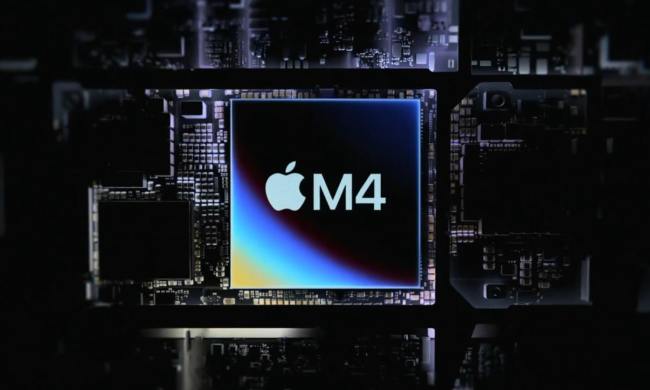
Another 3,100 individuals still in prison have inaccurate anticipated release dates, and according to Inslee’s general counsel, Nicholas Brown, many of the mistakes resulted in a three months too soon freedom date. But in some more extreme cases, a release date was listed as 600 days off the mark.
“That this problem was allowed to continue to exist for 13 years is deeply disappointing,” Inslee said. “It is totally unacceptable, and frankly it is maddening.”
While most of the prisoners who benefited from the state’s mistake won’t have to return to jail, there are at least seven inmates who’ve been released but whose correct release date has yet to pass. And these seven, unfortunately, will have go back behind bars.
The problem was initially identified in 2012, but for some reason, was never actually corrected. Supposedly, the coding fix that should have addressed the issue was continually delayed, and the governor himself was not alerted to the situation until last week.
“How [this problem] did not rise up in the agency to the highest levels is not clear to me,” Brown said.
Now, state officials say that the system will be fully rectified by January 7. An external investigation will also be conducted in attempts to better understand this bizarre malfunction. “I have a lot of questions about how and why this happened, and I understand that members of the public will have those same questions,” said Inslee. “I expect the external investigation will bring the transparency and accountability we need to make sure this issue is resolved.”


